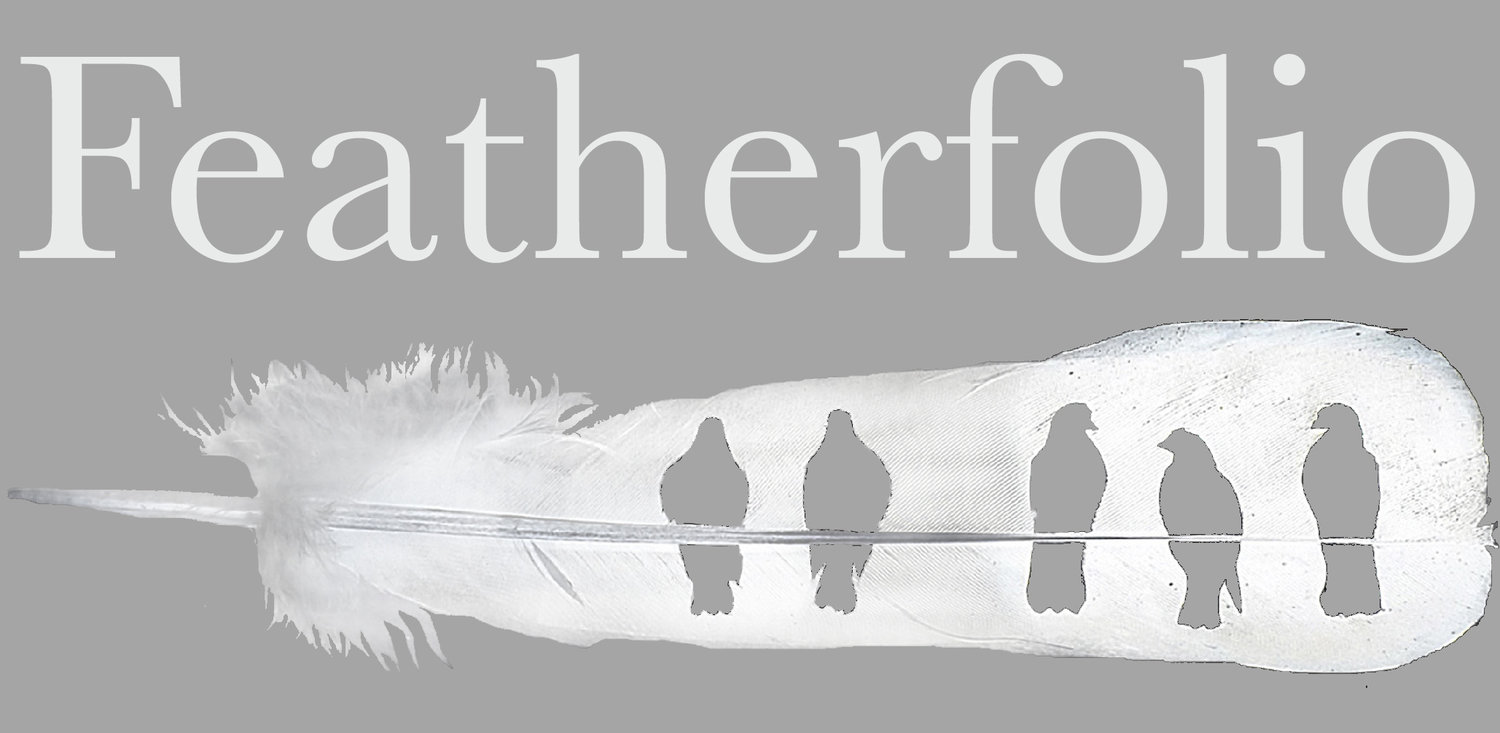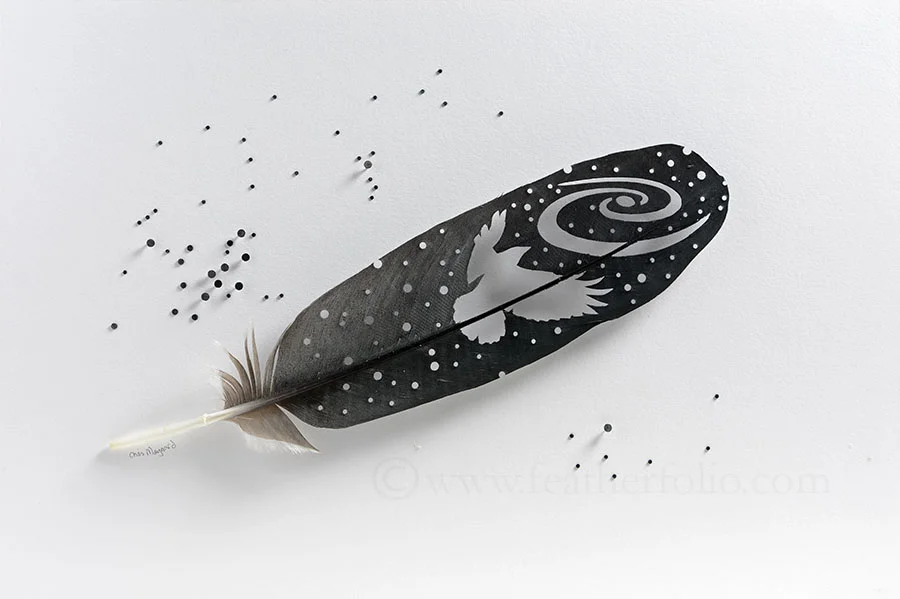Stretch, translucent mute swan feathers
The November 2017 print issue of National Geographic Magazine has an article on Pterosaurs, flying dinosaurs like pterodactyls. They say that there existed many species of all different sizes including one with a wingspan of 35 feet, as tall as a giraffe.
That impressed me. Partly because I have understood that the heaviest flying bird could be only around 40 pounds. Otherwise, it couldn't get off the ground. Although several people have explained the physics of bird flight to me, I don’t understand how something much heavier like a giraffe-sized pterosaur could fly. Can anyone provide answers?
Swans are closer to the limit of how heavy a bird can be and still fly at 30 pounds. A swan expert theorized that their feathers are so thin as to be translucent because this saves weight to allow the bird to be able to fly well.



















